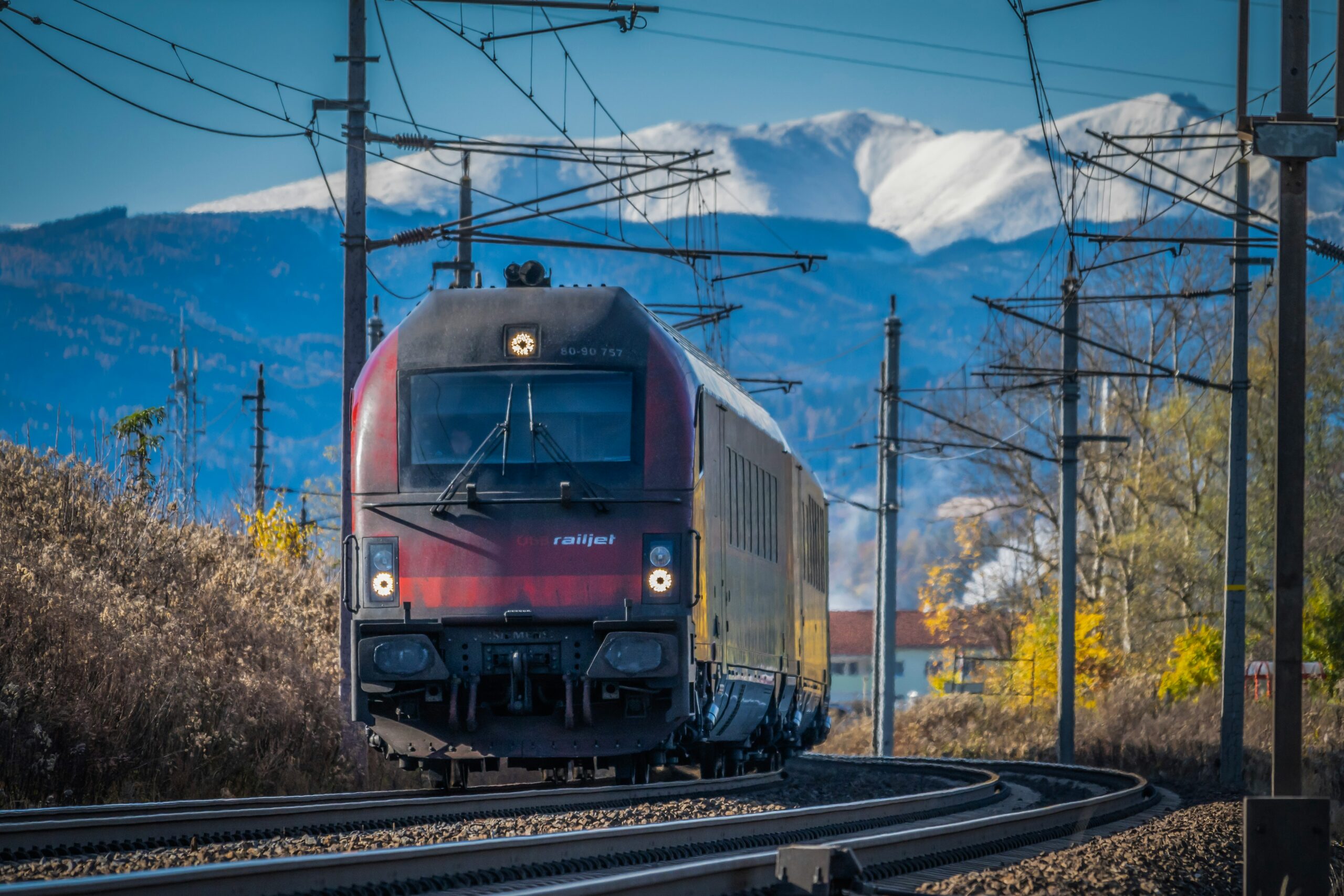Building railway transport resilience to Alpine hazards in Austria

This case study was originally published on the Climate-ADAPT website – for more information please visit the case study page. Climate-ADAPT aims to support Europe in adapting to climate change by helping users to access and share data and information. The platform includes the Climate-ADAPT database that contains quality checked information that can be easily searched.
Summary
The railway transportation system of the Alpine country Austria plays an important role in the European transit of passengers and freights, and is essential for the accessibility of lateral alpine valleys. If traffic networks are (temporarily) disrupted, alternative options for transportation are rarely available.
Due to the Alpine topography and the limited space available, railway lines often follow floodplains and are located along steep and unsteady slopes. This considerably exposes them to flooding and in particular to alpine hazards, such as debris flows, rock falls, avalanches or landslides. In the future, the risk from Alpine hazards could increase considerably due to climate change.
To address current and future risks from climate related hazards, the Austrian Federal Railways (ÖBB Infra AG) employs a combination of structural protection measures and a railway-specific weather monitoring and early warning system.
You can read the full case study on the Climate-ADAPT website.
(0) Comments
There is no content